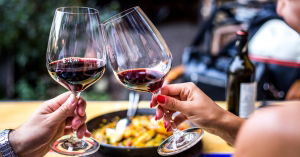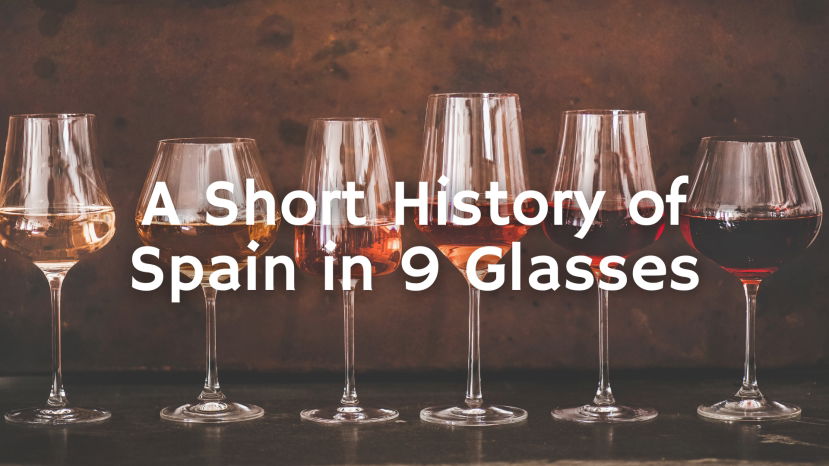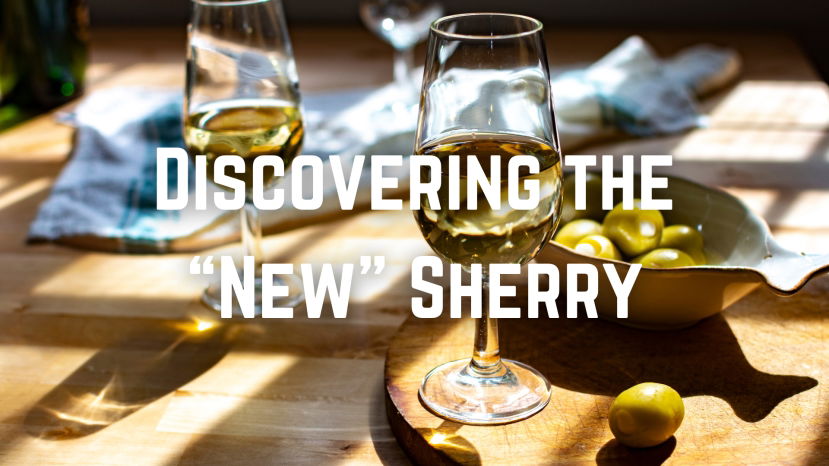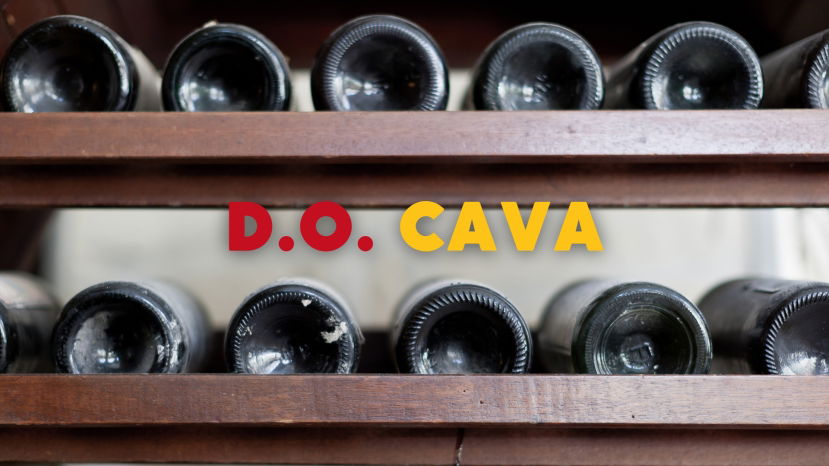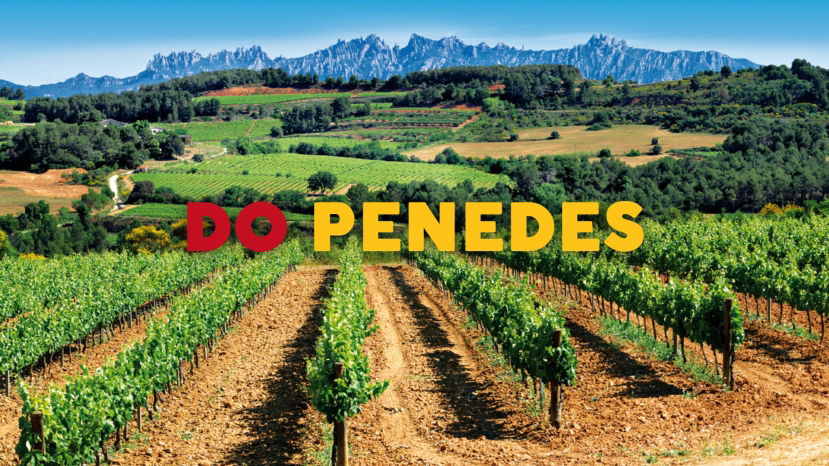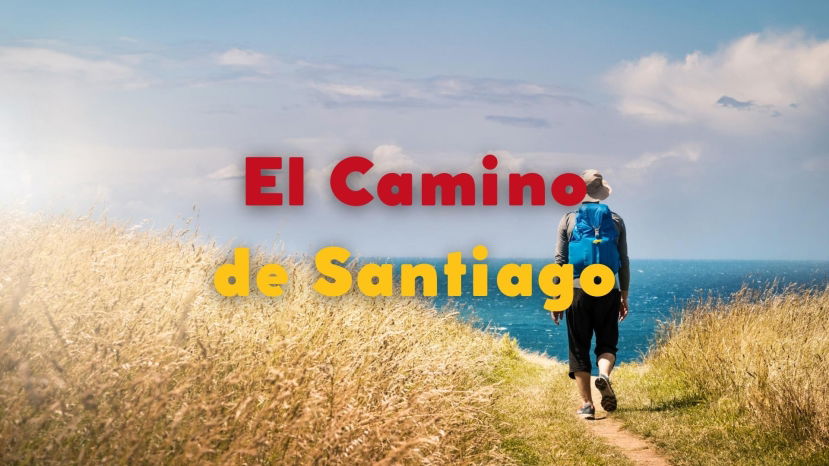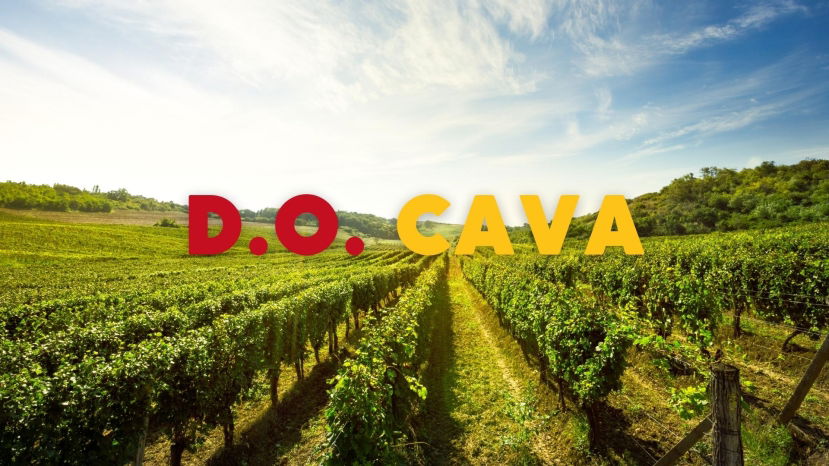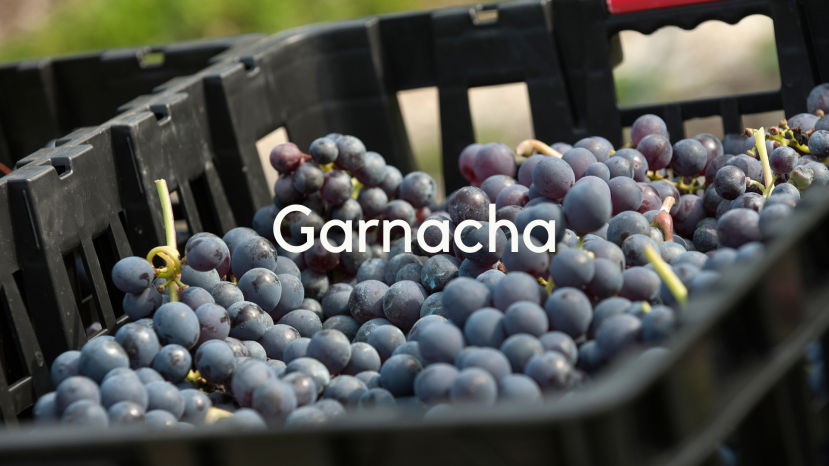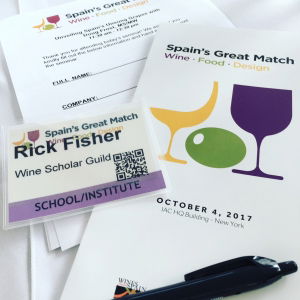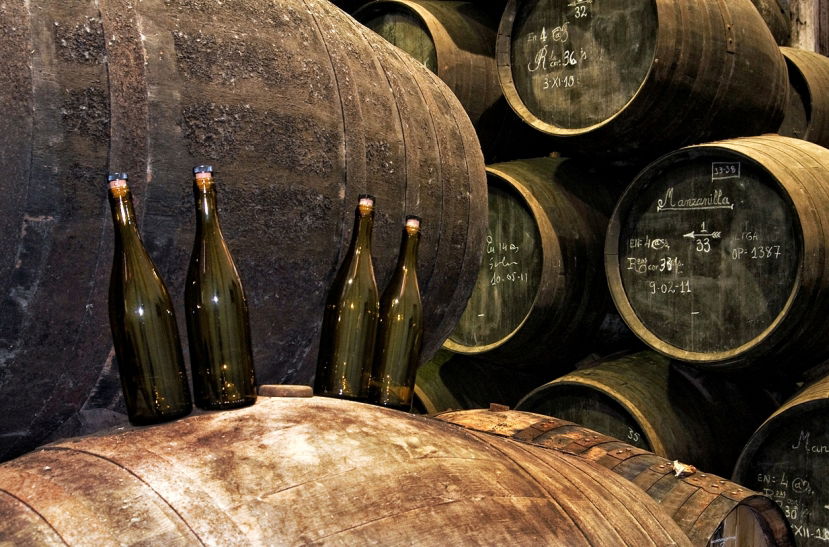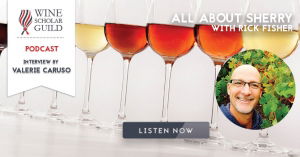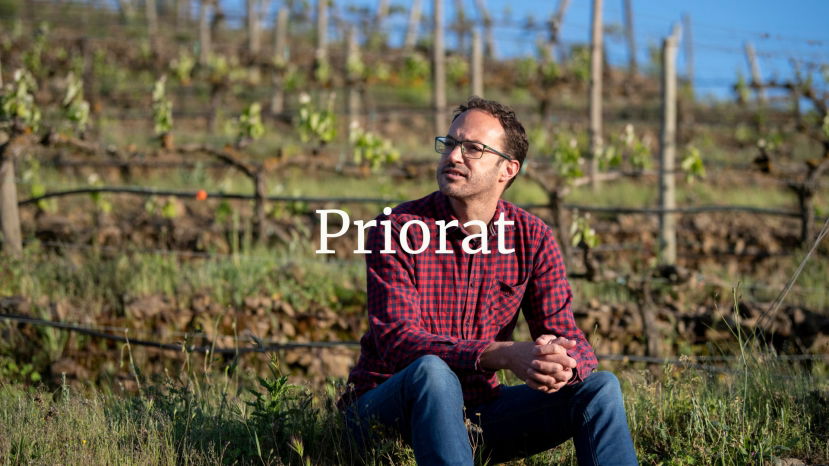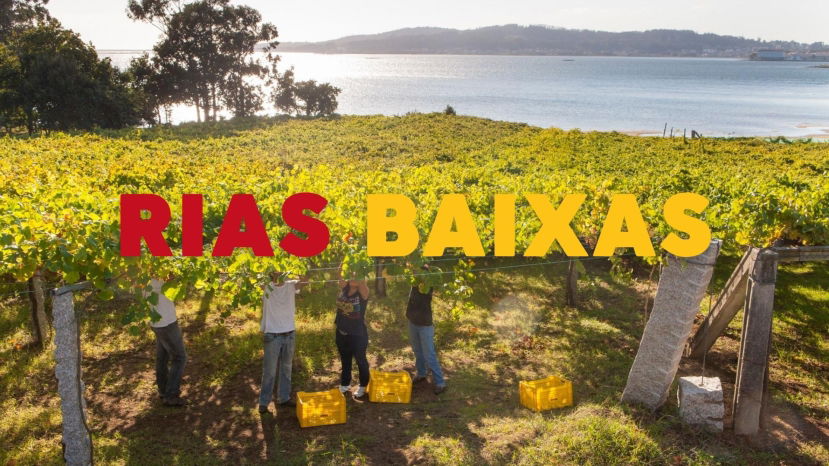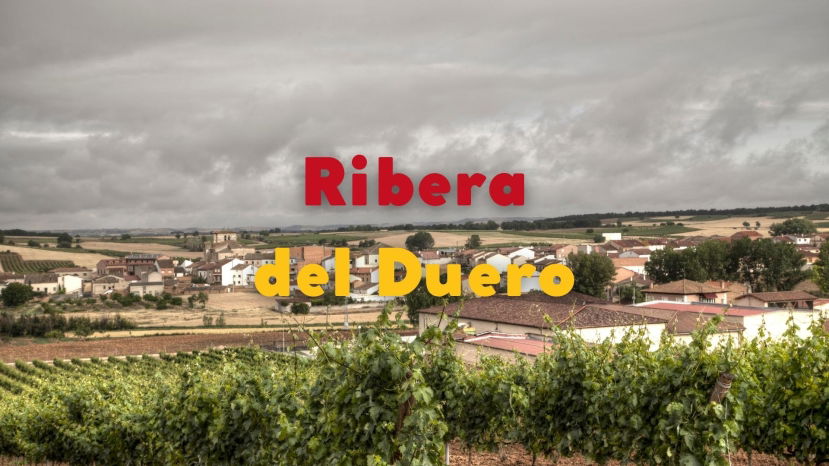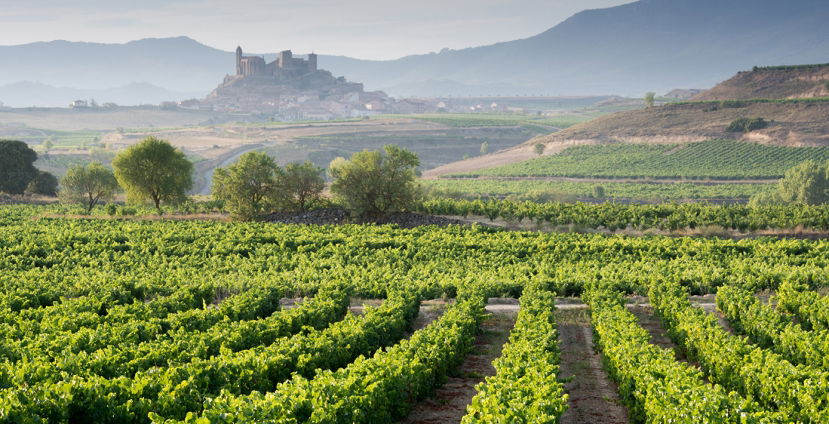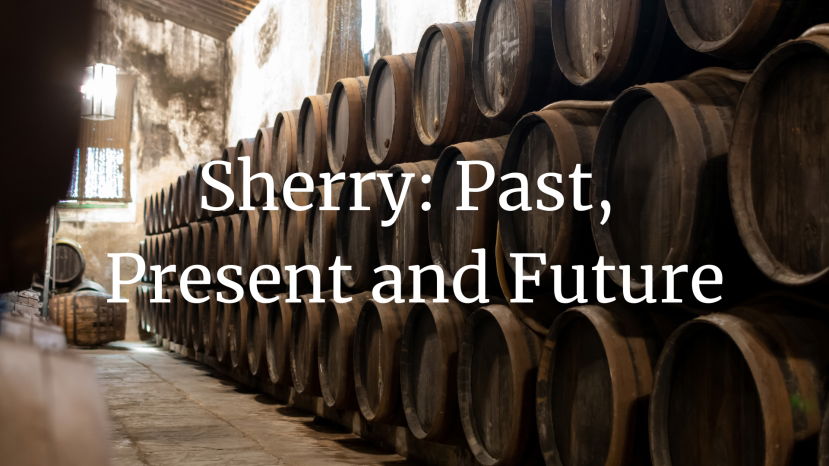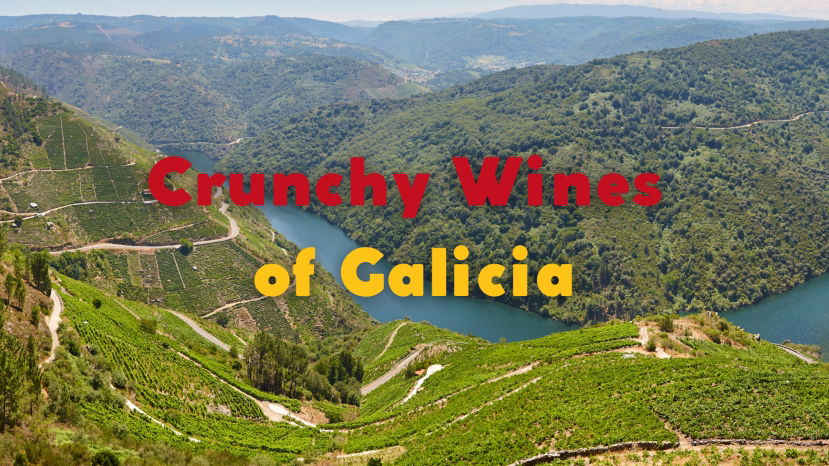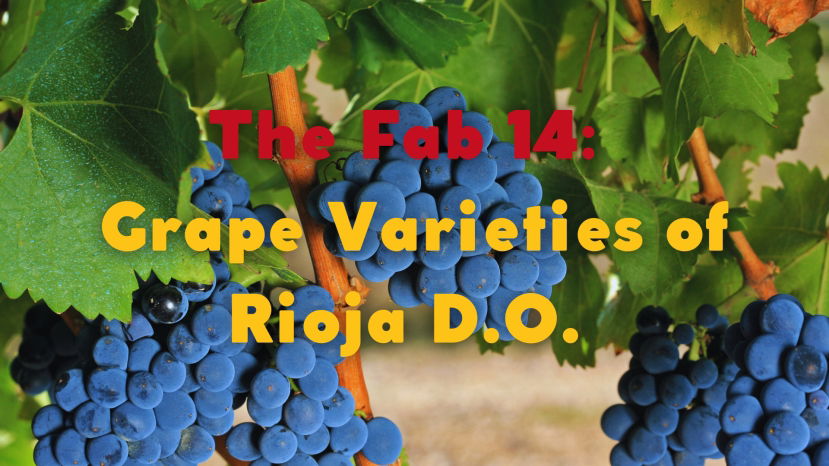BLOG
Spanish wines
Cosecha. Joven. Viejo. And the list goes on. Many wine-producing countries use local-language wine-related terminology without realizing their consumers are unaware of their meaning. Even native language speakers are sometimes confused by these terms as they are technical and/or relate to wine law. No need to worry! Below is your very own Spanish Wine Glossary (in alphabetical order) providing the top 25 wine terms you need-to-know to navigate Spanish wine.
Summary: Most wine presentations focus on viticulture and oenology, but wine is a product of local and regional culture far more than it is of geology and climate. Exploring the world of Spanish wine through the lenses of the country’s history and culture, Paul Wagner traces the roots of the wines that we drink today to the key historical elements that make Spain one of the most
Summary: The Sherry region of Spain is one of the country’s oldest and most traditional; but did you know it is also one of the most dynamic? While many historic regions remain stuck in the past, Sherry is forging a new future. Over the past couple of years, numerous (sometimes radical) changes have been discussed, including “unfortified” Sherry and new grape varieties.
After nearly two years of hard work, we are thrilled to present the Wine Scholar Guild’s latest certification course… The Spanish Wine Scholar® (SWS) Program! The program officially launches in October of 2019, but it is already garnering significant attention around the globe.
Summary: This WSG Live will provide an overview of the latest developments within the D.O. Cava and the efforts of the appellation to increase and protect the quality and reputation of the Cava brand. We will further examine the latest updates regarding the quality classification system and labelling as well as the D.O.’s advancements in terms of sustainability. Presenter: Nicoletta Dicova Born in Bulgaria and educated in Italy Nicoletta holds a master's degree
Summary: The first vines arrived in Penedès 2700 years ago brought by the Phoenicians. Today, DO Penedès is the Catalan DO with the oldest historical ties and very strong traditions. Its boundaries stretch from the mountains at the west of the appellation reaching 800 m of altitude to the shores of the Mediterranean Sea. Its 2500 ha of vineyards are planted on a diverse palette of climates and soils, resulting in 10 different subregions that
Summary: Lisa's Pick: A “must-view” for wine lovers intending to hike the Camino; visually stunning and inspiring. In the fall of 2019, Wine Scholar Guild member, Bill “Papi” Sanders from Nashville, Tennessee walked the 790 km/500 mile Camino Frances (French Way) route of the El Camino de Santiago. Being 65 years young at the time, he carried only what could be stuffed in his 36-liter backpack. For over 1,000 years, folks have been making the pilgrimage to Santiago de
Summary: Rick's Pick: Join DO Cava President Javier Pagés as he explains the numerous changes happening in one of the world’s most important sparkling wine regions. Cava is synonymous with excellence, and its high standard is achieved thanks to the authenticity guaranteed by the traditional method elaboration process. This 2021 is full of new challenges,
Summary: Garnacha (Grenache) is increasingly capturing the attention of wine enthusiasts around the world for its approachability, versatility and quality. As the variety continues to make its mark on the world wine scene, Spanish producers continue to innovate with a wide range of styles. Master of Wine Pedro Ballesteros Torres will lead us in a deep dive into Garnacha, covering
Rick Fisher, our Spanish Wine Scholar Program® Developer, recently returned from New York City where he was attending the 24th annual Spain’s Great Match, the nation's leading Spanish wine event organized by the Trade Commission of Spain in conjunction with Wines From Spain.
There is a man in Logroño’s Calle Laurel who makes garlic mushrooms. It’s the one and only thing on the menu, not that there is a menu. Griddled mushrooms, served on toast, drowning in garlic butter with a small slice of prawn on top. They are miraculous. I think about him and this bar often, as I lurch between life crises, as I think he may possibly have discovered the ultimate secret to a life of happiness and contentment. For me, this dish in this place is
Sherry producers like to say they deal with two types of terroir. “First,” says Fermin Hidalgo, owner of leading Sanlúcar de Barrameda-based Bodegas Hidalgo La Gitana, “the ‘classic’ terroir we all know: climate, soil, etc. The second terroir is the one related to the wineries… Biological ageing is part of our terroir.”
In this episode, we are chatting with Rick Fisher, Spanish Wine Scholar Education Director, about Sherry styles and getting a behind-the-scenes peek at the forthcoming Spanish Wine Scholar Program.
Summary: Rick's Pick: University of Tarragona instructor and winemaker, Antoni Sanchez-Ortiz focuses on climate change and how viticulture must adapt in Spain’s DOQ Priorat region. The mesoclimate determines climatic differences due to the topography of the Priorat and that give rise to local modifications or changes that can affect to more or less ample extensions. Factors that
Summary: Rias Baixas is a region which has had a growing amount of coverage as people discover the beauty of its white wines and the quality of its principal grape Albariño. We will look at the terroir and winemaking, the local infrastructure, marketing and current issues being addressed by this ancient and remote wine region.
Summary: Ribera del Duero is an up-and-coming Spanish wine region, along the Duero River in central Spain. Its signature grape Tempranillo has found its place in high-altitude plateaus in this arid and demanding region. Vineyards are found throughout the valley between 750 and 1060 m shaping the style of wine. Local winemakers are carving a name for themselves in small rural communities totally off the beaten track.
Bordeaux. Burgundy. Barolo. Rioja. Just the mere mention of any one of these wine regions conjures images of the world’s best wines all sharing the ability to age for decades. The wines of Rioja have earned their place amongst this elite group; and whilst consumer tastes may swing like a clock’s pendulum, the practice of aging wines in Rioja helps define its successful past, present, and future.
Summary: Jerez is among the older wine regions in the World, with nearly 3,000 years of continued wine activity. Over the centuries, wine production has evolved into very unique methods of production and a whole series of different wines of very strong identity, which were finally regulated under the first DO appellation in Spain, 85 years ago. But wine production continues to evolve in the Sherry region and local winemakers are now experimenting beyond the DO rules to find new
Summary: Galicia not only has an astonishing green landscape, but it produces some of the freshest and most vibrant wines in Spain. The wet, green corner of Spain is home to some of the steepest vineyards of the world, some which have an inclination of more than 100%! The diversity of the different wine growing appellations and the wide array of local grape varieties creates a fantastic diversity of styles to explore. Presenter: Jonas Tofterup MW
Summary: Informed wine lovers know that Châteauneuf-du-Pape has 13 allowed grape varieties, but did you know that Rioja has 14? Most people have heard of Tempranillo, Garnacha and Viura. But how about Maturana Tinta, Tempranillo Blanco or Malvasia? Or what role does Sauvignon Blanc play in Rioja? Discover the 14 grape varieties of Rioja and their characteristics, both in the vineyard and in wine, and learn how some of these are Rioja’s secret
Page 1 of 2
- 1
- 2

